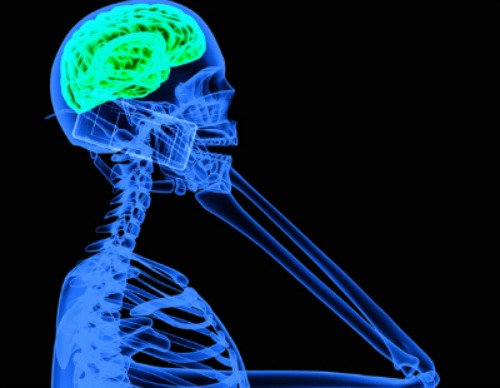Editors’ Note: The following blog post first appeared on Forbes.com.
 Recently, the National Toxicology Program (NTP) published “partial findings” from a study in which experimental rats were exposed to two types of radiofrequency (RF) radiation used in telecommunications for up to two years, and the development of two types of tumor was compared to the occurrence in control rats.
Recently, the National Toxicology Program (NTP) published “partial findings” from a study in which experimental rats were exposed to two types of radiofrequency (RF) radiation used in telecommunications for up to two years, and the development of two types of tumor was compared to the occurrence in control rats.
The two types reported on in the present paper are gliomas, a type of the brain tumor, and schwannomas–tumors of a particular type of cell that supports and protects nerve cells.
Malignant tumors of the brain were slightly increased in male but not in female rats. Additionally, schwannomas were elevated in the heart but not in other tissues.
These results have already been jumped on by several publications as “game-changing” and offering important evidence that cell phone radiation may, after all, be causing brain cancer in humans.
So it was good to see a careful assessment of the study by Andrew Pollack in the New York Times, in which he points out the major questions and caveats raised by the new study.
These include the fact that elevated brain cancers were seen in male but not female rats–which casts doubt on the results–and the fact that control rats (who were not exposed to RF) had zero tumors, when it is known that this type of rat develops brain tumors spontaneously at a low rate. If the controls had had a more credible 2% rate, the result for brain cancer would no longer be significant.
Pollack quotes a reviewer of the study (comments of a number of reviewers are included in the published document) to the effect that, based on these and other questions, the results are likely to be “false positives.” This means that they are likely to be spurious results caused by problems in the design or conduct of the study, rather than indications of a real effect.
But another important point is that the authors of the report decided to publish these “partial findings” while additional analyses are still in progress examining other tumor types, as well as the results of a study in mice, whose results will be published later this year and in 2017. Why didn’t they wait to publish the complete results all at once so that they could be evaluated in their entirety?
Their justification is two-fold: 1) that the International Agency for Research on Cancer (IARC), an arm of the World Health Organization, has classified cell phone radiation as a “possible carcinogen” and 2) that there is great interest in the public regarding the issue of cell phone use and brain cancer.
This implies that the NTP would not have published these partial results in advance of the full study results, if they had not presented a glimmer of positive findings. The cited justification appears disingenuous, given that the report itself acknowledges that IARC’s classification was based on “limited” evidence of carcinogenicity in humans and animals. Actually, this is a charitable characterization of IARC’s assessment.
In fact, the majority of epidemiologic studies–including two prospective studies, which are less subject to worrisome biases–show no consistent, let alone strong, evidence of a link. And whole animal studies are resoundingly negative.
Thus, there is no scientific justification for publishing these partial results.
Furthermore, we know how results like these–no matter how problematic–tend to get reported by some in the media. Meager positive findings carry much more weight than what we should take away from a critical consideration of the totality of findings. But it is much easier to focus on the positive findings, which make a much more sensational story.
Unfortunately, a minority of scientists, who have an investment in this issue, are likely to point to these weak and problematic results as providing evidence that cell phone RF can cause cancer. And this will have the predictable effect of rekindling needless anxiety on this question among the public.

